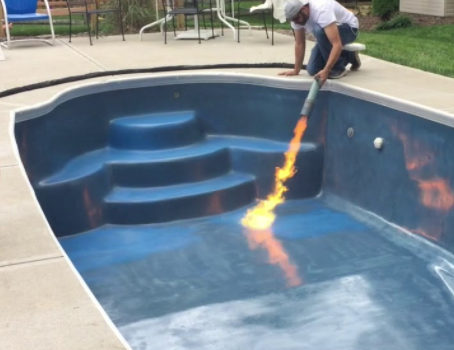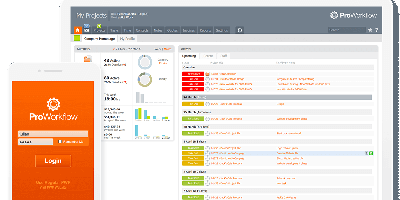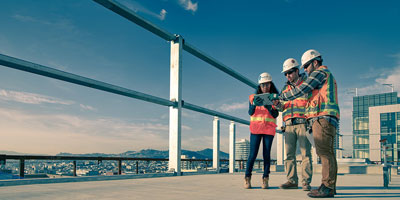Installation costs of Fiberglass vs Concrete Pool
 It would cost about the same to build both concrete and fiberglass pools. Fiberglass pools have an estimated cost of about $50,000, while concrete pools appear to cost about $55,000. This price gap is hardly important enough for your pool option to be affected.
It would cost about the same to build both concrete and fiberglass pools. Fiberglass pools have an estimated cost of about $50,000, while concrete pools appear to cost about $55,000. This price gap is hardly important enough for your pool option to be affected.There are so many variables that can make a good decision. All depends on your criteria and desires. Because of this, when installing, installation costs should not be the main concern.
Options for Customization
Once again, both fiberglass and concrete pools offer an impressive range of options for customization. Both materials can have a beautiful look with careful scheduling of your pool entertainment area.
Unlike costs, however, concrete and fiberglass are not exactly comparable. You'll need to pick from a set of prefabricated fiberglass pool shells for a fiberglass pool. Although this could sound restricting, the large range available will impress you. You will soon find there is no shortage of options about scale, shape and overall design when selecting a prefabricated fiberglass pool shell. You're almost sure to find a prefabricated option that works for you if you're simply looking for a standard family pool.
Comparison of Reliability
Concrete and fiberglass baths, in terms of longevity, all have pros and cons. While it could seem obvious that concrete seems more durable, this isn’t always the case.
Cracks can shape a concrete pool and pool finishes can fade from the heat. At some level, in order to repair pool leaks and redo finishes, any concrete pool will require substantial renovation. Although concrete will last longer than a lifetime, the cost of maintaining and renovating a concrete pool may be equivalent to building a brand new pool.
In order to reduce the expense of refinishing a concrete pool, it can seem obvious to get fiberglass instead. Fiberglass pools, unfortunately, are also not impervious to injury. Fiberglass pools can break, caused by earth shifting, a common issue. Draining the pool will also contribute to the shifting of the earth and, consequently, cracks.
Maintaining Pools
Fiberglass pools, as described, are more algae-resistant than concrete. Since the pool finishes are highly robust, the pools require little or no finishing maintenance.
Concrete pools have rough, porous surfaces which are vulnerable to the development of algae. To prevent algae in the pool and to maintain an optimum pH level, this could require extra maintenance. You would need to clear it from time to time and clean the inside with acid in order to keep the pool fully free of algae. Every few years, the finishings on a concrete pool would also need to be redone.
Installation Period and Ease of the Pool
Without a doubt, fiberglass is a better choice if you are looking for a reliable pool that is easy to install. Since the fiberglass pool shell is already manufactured, it is simple to build the pool-the pool shell simply needs to be buried in the earth.
It is a much more complex and drawn-out method to build a concrete pool. While it usually takes just days for fiberglass pools to be built, a gunite one can take weeks, or even months. If you just want a concrete pool, this, however, shouldn't put you off. If it's finished, your pool should last a lifetime, but waiting a little longer for installation should not be the ultimate determining factor.








